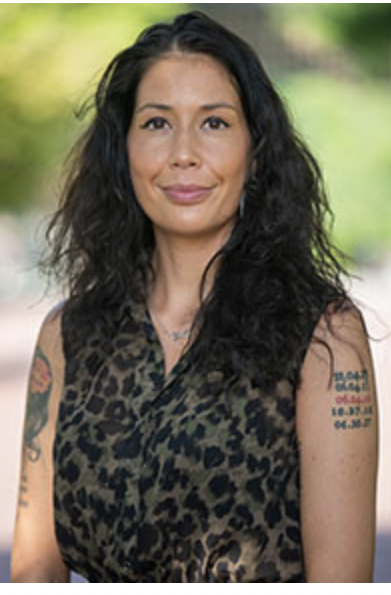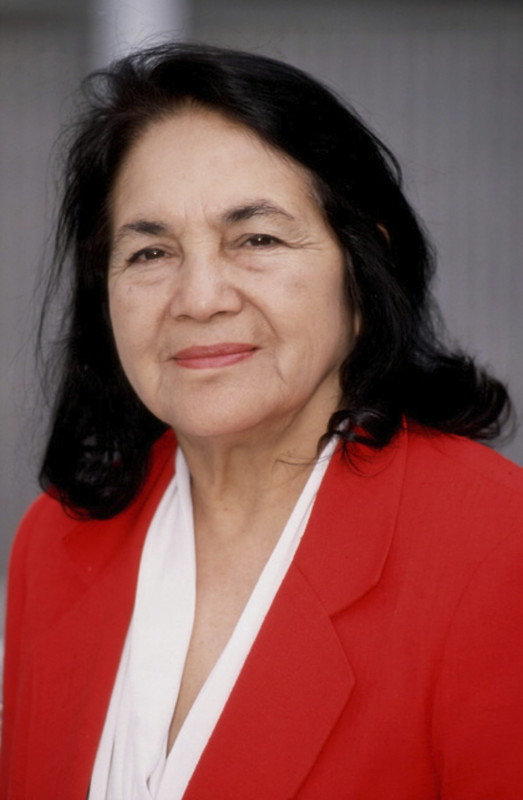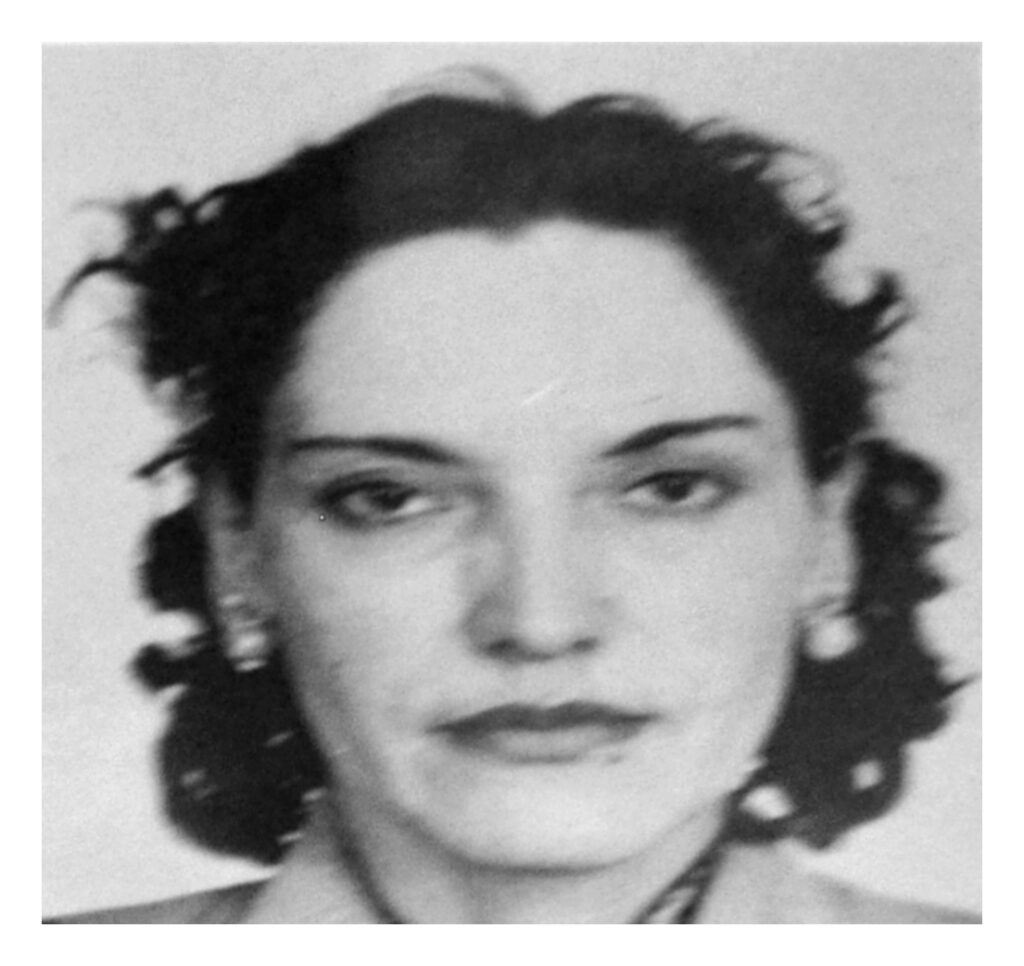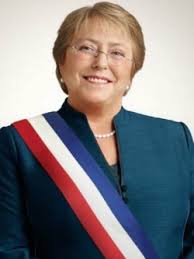
Karen Florez, an active researcher in the field of diabetic and obesity related focuses, is known for her ambitions in her research and overall success despite presented obstacles in her life.
Karen Florez grew up in an environment around Venezuela/Columbian culture in which she says to have taken part in her perspective on how she views the world. In addition to this influence, her move to one of the most diverse boroughs in New York, Queens, has also contributed to her view for it reinforced the importance of culture for her.
Aside from growing up in a diverse community, before she reached her success, Ms.Florez experienced various obstacles, one of which is heavily highlighted. This obstacle being financial and economic obstacles, this did not stop her ambitions from growing nor her envisions for her desire to receive an education. Still, it was not until it was time for her college applications that she understood just how much economic needs played a factor in her future regarding her education.
“…what was challenging was [because] there was a lot of enthusiasm but not materialistic support, I remember seeing a stack of college applications and they were color coded…I had to ask all the colleges to waive the fee in order for me to apply, I didn’t have the money but it didn’t stop me from applying and trying.”
-Karen Florez (May 10, 2021)
Despite her economic obstacles, her passion for her research was not necessarily planned at first. The idea of Medical Anthropology was introduced to her during her time at undergrad by one of her professors. From there, Ms.Florez continued through her education as she was able to further her education and attended Columbia’s Mailman School of Public Health for her interest in sociocultural determinants of health behaviors.
Reflected in her work, she emphasizes on the importance behind her research. Not only does her work hold a personal signifance but it also fufills her desire in making an impact in her community alongside the chronic disease and multicultural factor aspect in health.
“…there’s so many layers to that [research] but it’s always been a passion of mine so its been a pleasure to transition that into work. Definitely, this current work that’s specifically looking at the role of social network and how it can be impacting the diabetes…this is a perfect combination of my personal interest and how I can make peace and just how it contributes to Latinos because there’s a lot of assumptions with Latino families in social networks but we don’t know how the networks necessarily contribute as of yet, we haven’t done our best with vigorous research on how network can hinder health outcomes, I’m really proud that I can help bring that to the table.”
-Karen Florez (May 10, 2021)
In terms of her current research, this research is focused on diabetic and obese issues and it’s connection to social factors. There’s the academic aspect of it in a sense that as described by her, where Latinos and vulnerable populations tend to be disproportionately be affected by obesity and diseases. It was a main driver for the particular outcome as the community spoke about more on how important it is. She was primarily focused on the chronic aspect of this as well, expressing her interest for chronic diseases. During her training even, those around her were speaking on STD and HIV focused issues, focusing a lot on the chronic aspects as they link together.
Currently, Karen Florez, in addition to her active research in studying and understanding how Hispanic communities social factors plays a part in diabetic and obesity, she also is an Assistant Professor at CUNY Graduate School of Public Health and Health Policy.
“Best advice I think is about trusting yourself, that even when the path looks really lonely and you feel like ‘oh my god this is so hard no one else has done this,’ just trust that you have the strength to achieve what you set up to achieve and do this for the woman behind you.”
-Karen Florez (May 10, 2021)
Created by Denisse Medina Flores
Additional Resources








